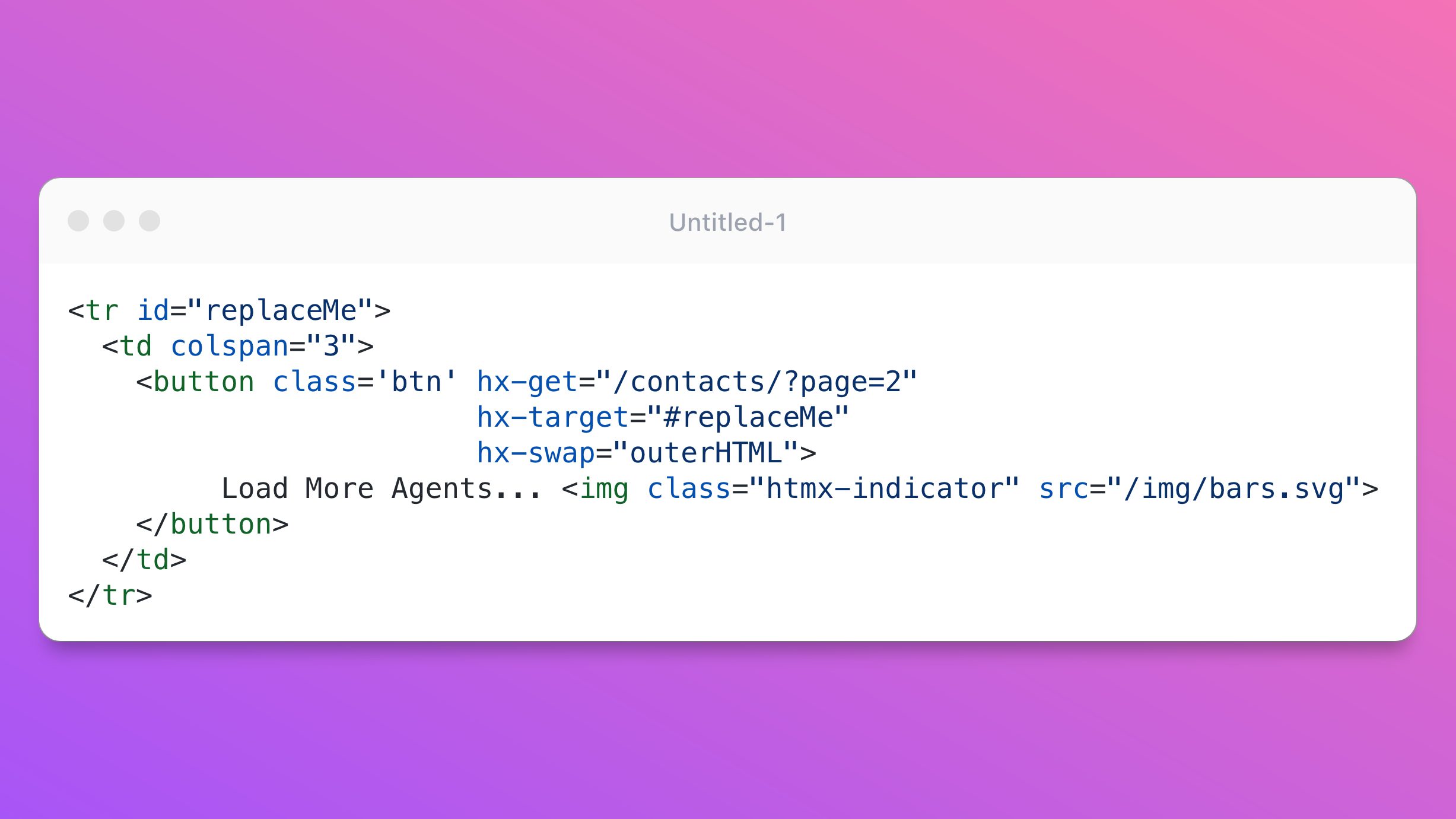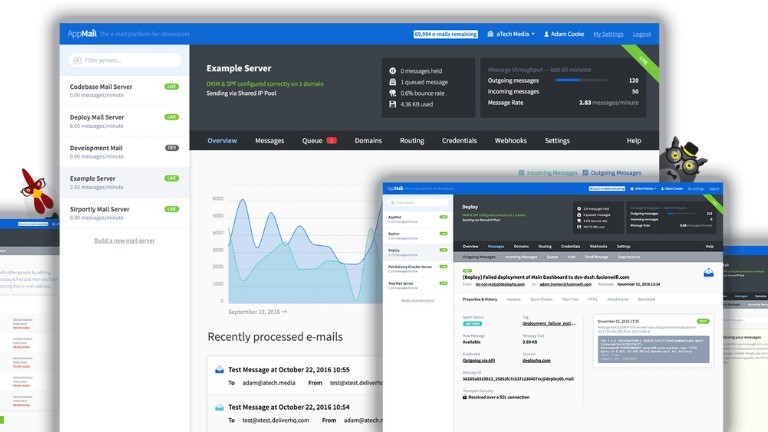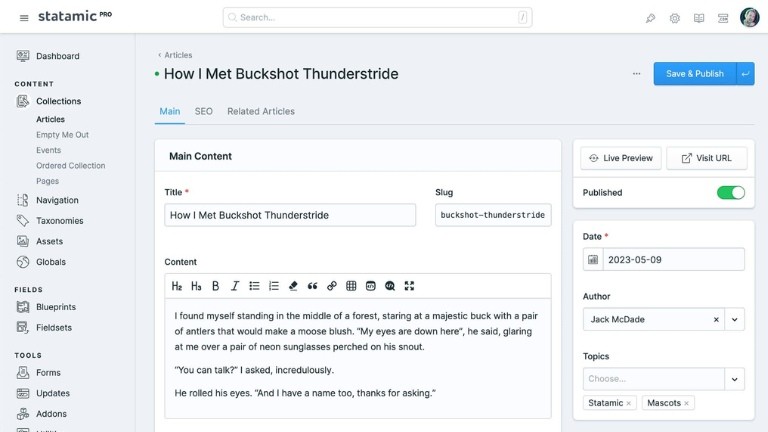Welcome to the world of htmx, where dynamic websites are made easy! Say goodbye to complex JavaScript frameworks and hello to a simpler way of creating interactive web experiences. Whether you're a seasoned developer or just starting out on your coding journey, htmx is here to revolutionize the way you build websites.
But what exactly is htmx? How does it work? And how can you get started using it in your projects? Don't worry, we've got you covered. In this beginner's guide, we'll walk you through the basics of it and show you how this powerful tool can transform your static websites into dynamic masterpieces.
So grab your HTML and JavaScript skills, buckle up, and let's dive into the exciting world of htmx!
Basic knowledge of HTML and JavaScript
Having a basic understanding of HTML and JavaScript is key for diving into htmx. Let's go!
What is htmx?
htmx is like a magic wand for web developers, making websites dynamic and interactive effortlessly.
How does htmx work?
Ever wondered how htmx works its magic? Let's dive into the inner workings of this dynamic tool!
<a href="/contact">Contact us</a>
This anchor tag tells a browser: When a user clicks on this link, issue an HTTP GET request to ‘/contact’ and load the response content into the browser window
With that in mind, consider the following bit of HTML:
<button hx-post="/clicked"
hx-trigger="click"
hx-target="#parent-div"
hx-swap="outerHTML"
>
Click Me!
</button>
This tells htmx:
When a user clicks on this button, issue an HTTP POST request to ‘/clicked’ and use the content from the response to replace the element with the id parent-div in the DOM
Setting up htmx in a project
Setting up htmx is a breeze - just add the library and you're ready to go!
The fastest way to get going with it is to load it via a CDN. You can simply add this to your head tag and get going:
<script src="https://unpkg.com/[email protected]" integrity="sha384-FhXw7b6AlE/jyjlZH5iHa/tTe9EpJ1Y55RjcgPbjeWMskSxZt1v9qkxLJWNJaGni" crossorigin="anonymous"></script>
npm
For npm-style build systems, you can install htmx via npm:
npm install htmx.org
Webpack
If you are using webpack to manage your javascript:
import 'htmx.org';
AJAX
The core of htmx is a set of attributes that allow you to issue AJAX requests directly from HTML:
Each of these attributes takes a URL to issue an AJAX request to. The element will issue a request of the specified type to the given URL when the element is triggered:
Conclusion
Congratulations! You've now been introduced to htmx, a powerful tool that makes building dynamic websites easier than ever before. With its simple syntax and seamless integration with HTML and JavaScript, htmx opens up a world of possibilities for creating interactive web experiences.
Throughout this beginner's guide, we explored what it is and how it works. We learned how to set up htmx in a project and wrote our first lines of code using this library. We also delved into making dynamic websites by using it for form submissions, updating content dynamically, and implementing client-side JavaScript interactivity.
Next Steps
But there's still so much more to discover! As you continue your journey with htmx, here are some next steps to take:
1. Dive deeper: Explore the official documentation for more detailed information on different features and techniques offered by htmx.
2. Experiment: Play around with different use cases for htmx in your own projects. Try out various attributes, events, and integrations to make your website truly come alive.
3. Join the community: Connect with other developers who use htmx through forums or social media platforms like Twitter or GitHub. Share ideas, ask questions, and learn from each other's experiences.
4. Stay updated: Follow the updates from the official team to be aware of any new releases or improvements made to the library.
5. Combine with server-side frameworks: If you're working on larger projects or integrating with backend systems, explore how you can leverage the power of server-side frameworks like Django or Laravel alongside hmtxl
With these steps in mind, you'll be well-equipped to continue exploring all that htmx has on offer.
Remember that building dynamic websites doesn't have to be complicated anymore—It empowers you to create engaging user experiences without extensive knowledge of complex JavaScript frameworks or libraries!
So go ahead, harness the power of it and make your websites come alive with
Checkout Complete Documentation

Full-stack developer with a knack for Merging creativity with technical expertise for standout solutions.







